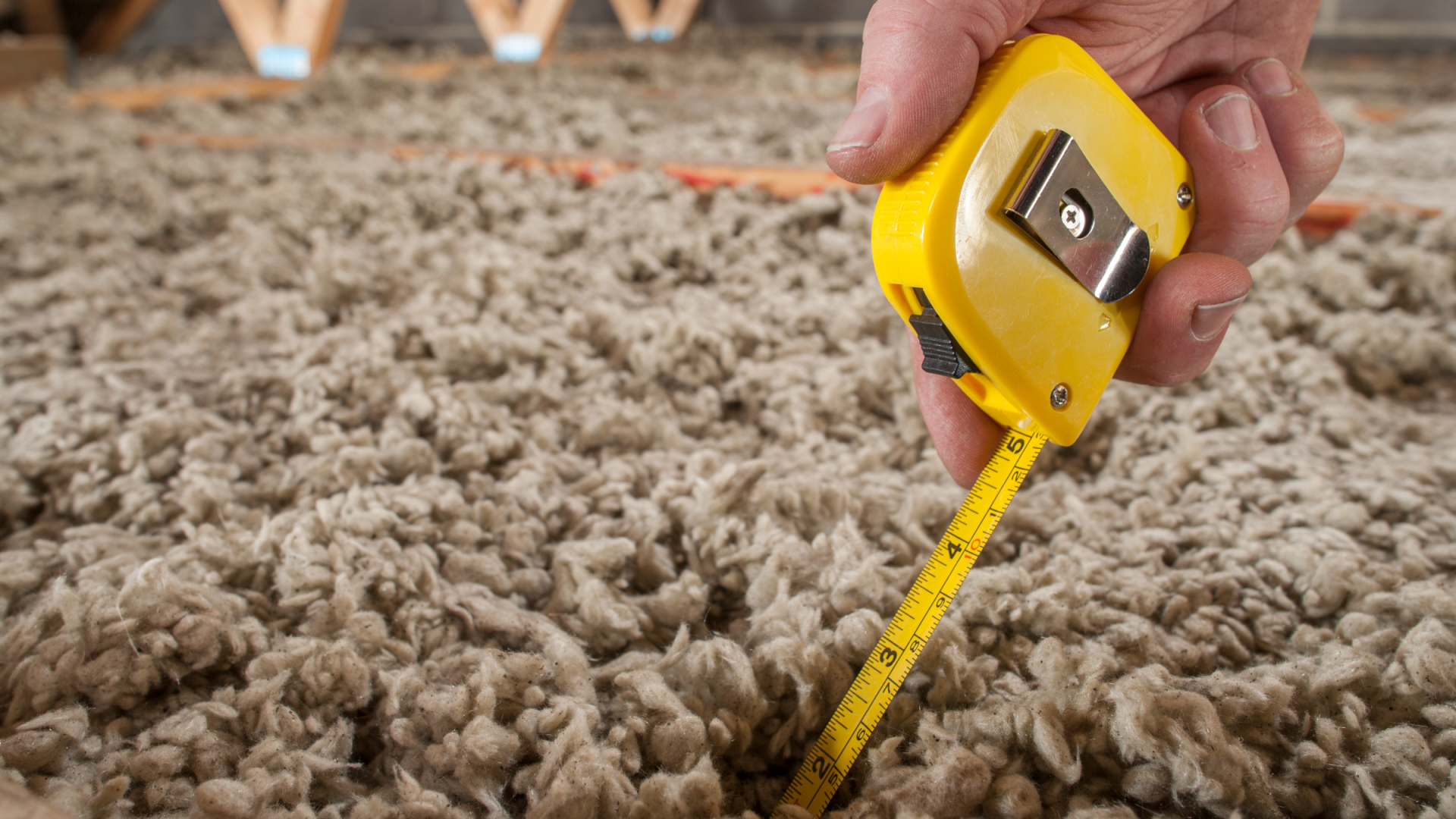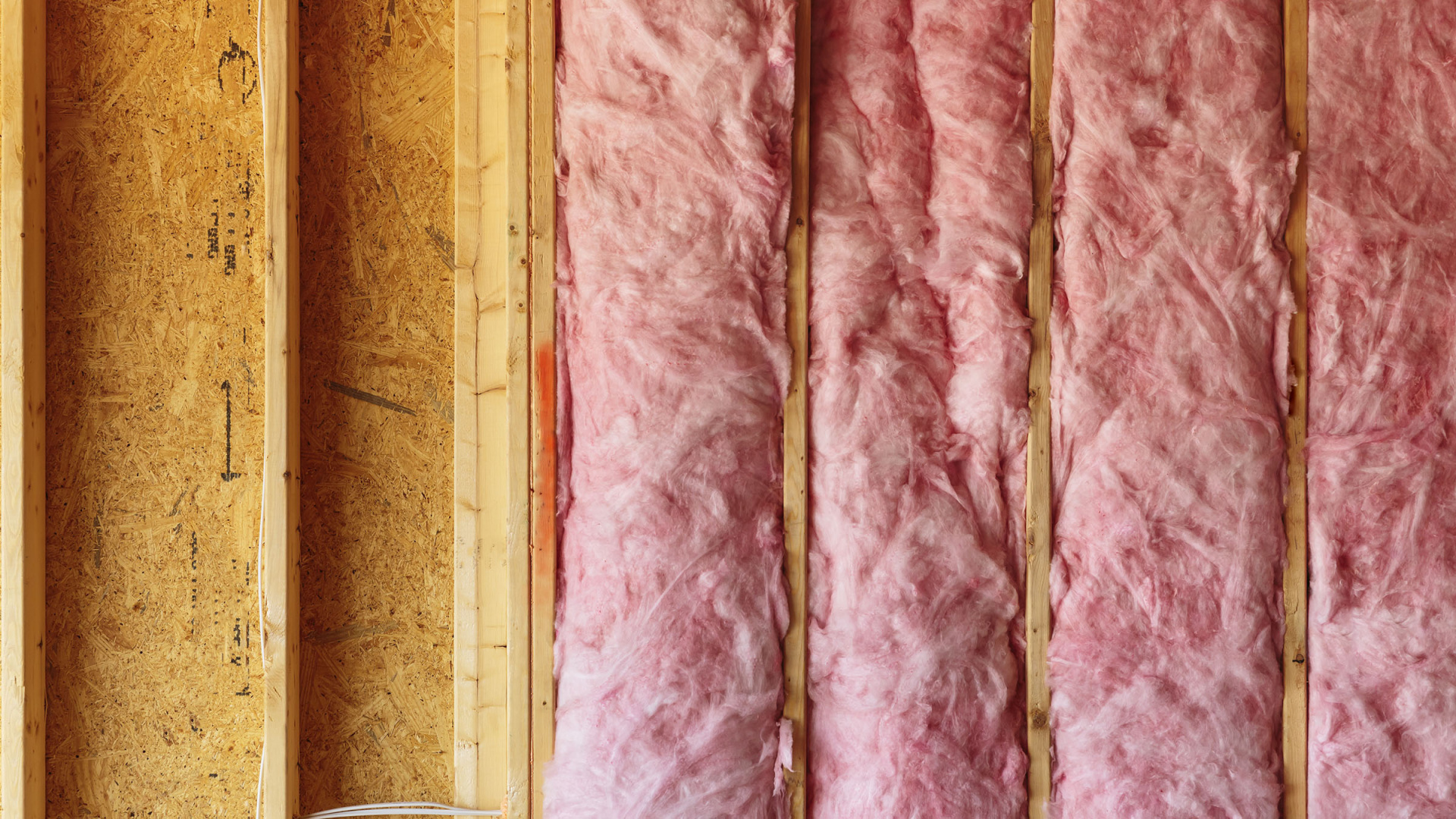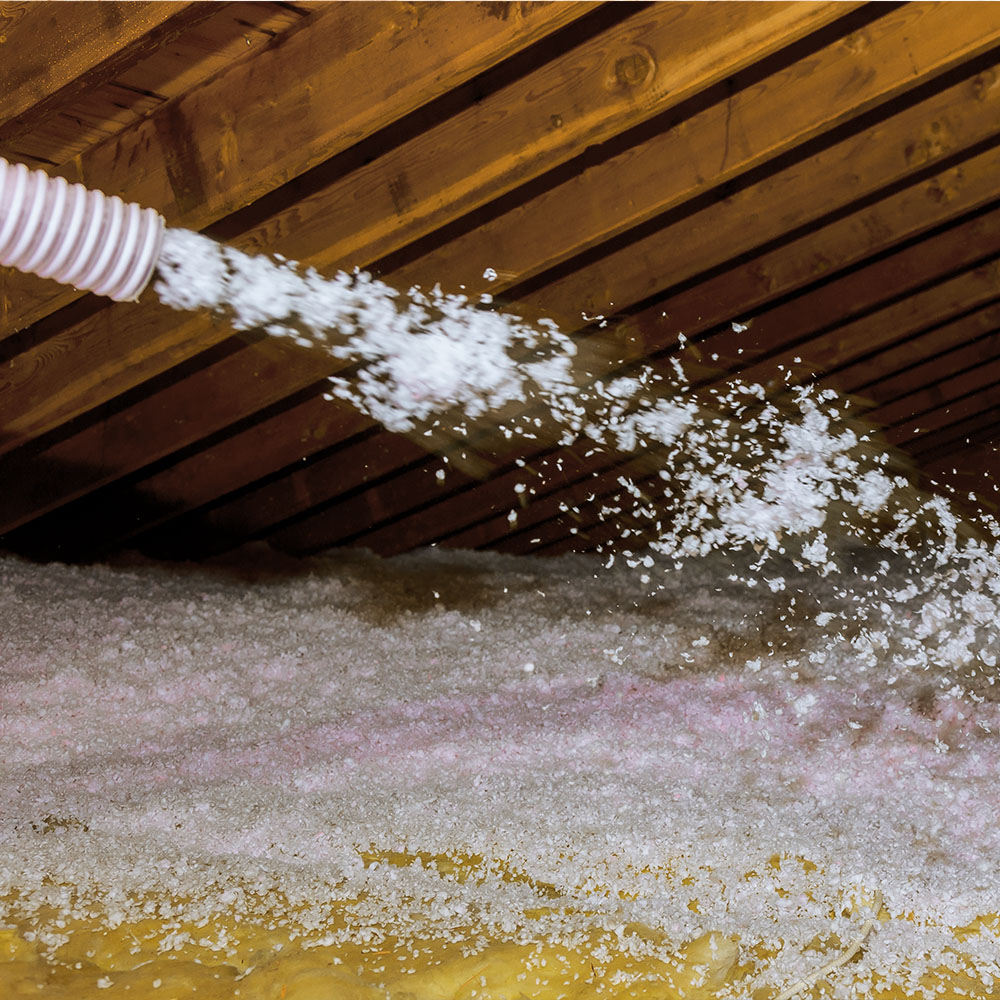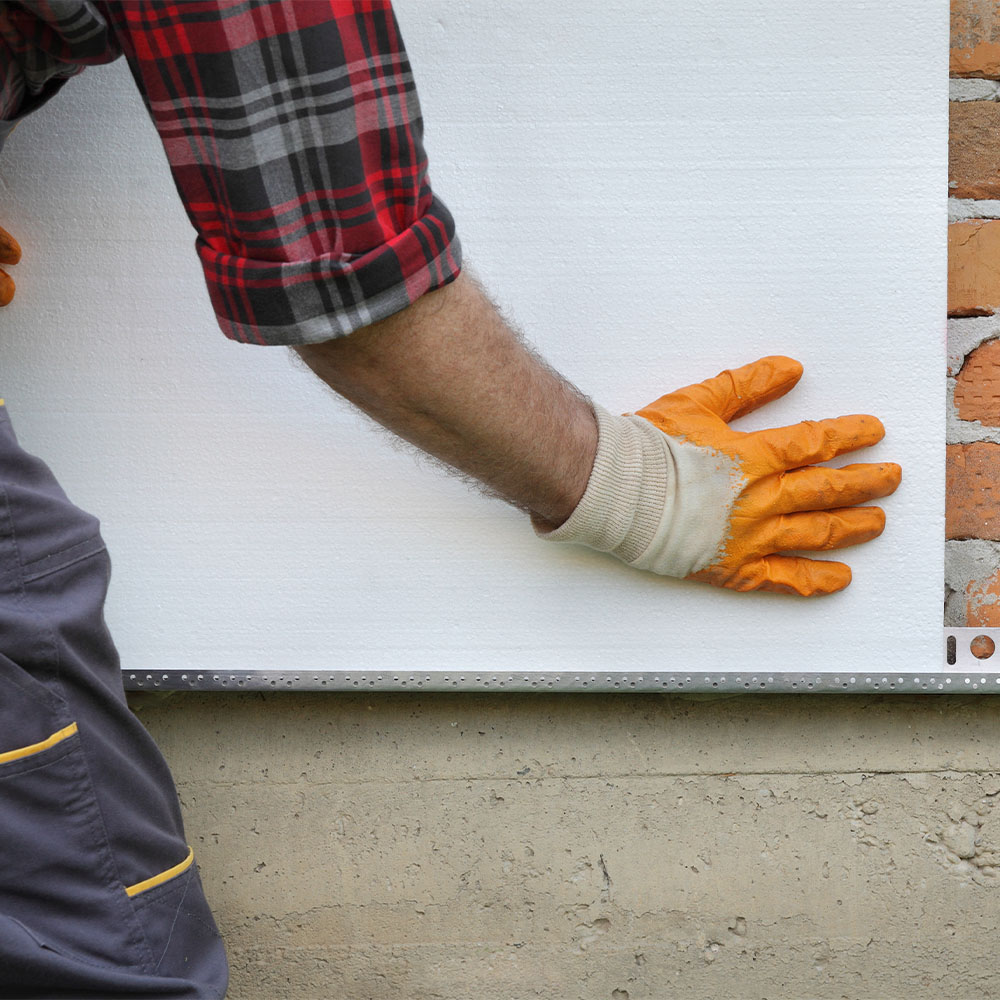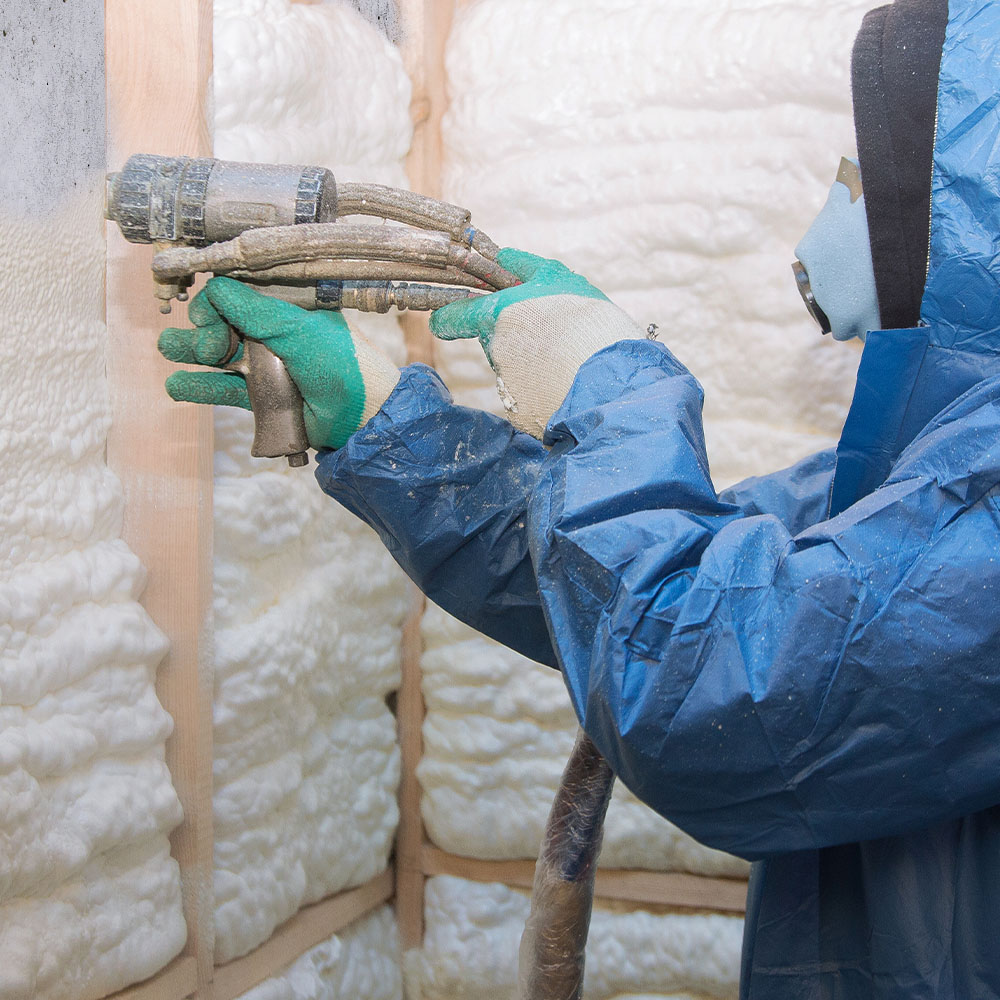ASK OUR ENERGY TEAM
Upgrading insulation can improve the comfort of your home, help you save money on energy bills and can increase your home’s value. Knowing the R-value of the insulation you have now, and the R-value you’re looking to achieve is critical to getting the results you want. This information is also important when applying to our Home Insulation Program. This rebate can cover up to 100% of the cost of insulation materials for homes that qualify.
Find out if you qualify for a Home Insulation Rebate.
The R in R-value stands for resistance – the resistance to heat transfer from one object to another. The R-value indicates how good your insulation is at keeping heat in your home in the winter and keeping it out in the summer. The greater the R-value, the better the energy efficiency.
Use the insulation R-value per inch chart to learn about common insulation materials and their common R-value per inch of thickness. To determine the current R-value of your insulation, follow these three easy steps:
Step 1: Determine the type of insulation you have
Using the chart as a reference, check which insulation material you have. Glass Fibre for example, can appear in several different forms, such as batt or blown in, each with its own R-value per inch.
Learn more about the different types of insulation.
Step 2: Determine the thickness of your insulation
- If it is pretty consistent across the whole area, measure in inches how thick it is at any point.
- In places like your attic, where the insulation is often bumpy or may have settled in places, it’s best to measure in a few places and take the average thickness.
Step 3: Calculate your R-value
- Refer back to the R-value chart, multiply the R-value of your insulation by how many inches thick it is.
- For example, 3 inches of glass fibre insulation with an R-Value of 3.4 is calculated as: 3×3.4 = 10.2
- In this case, the R-value is 10.2
Now that you know your current R-value, find out the R-value you need to reach to qualify for a rebate.
Are you a business owner?
You can apply for an insulation rebate through our Building Envelope Program.

